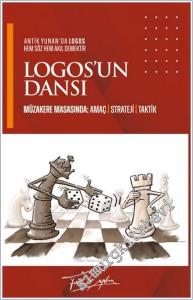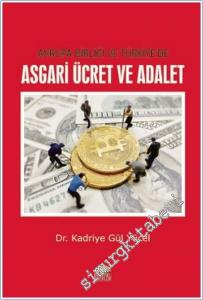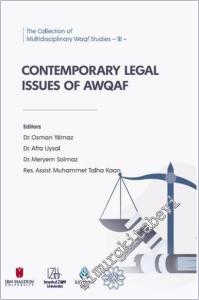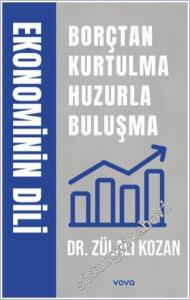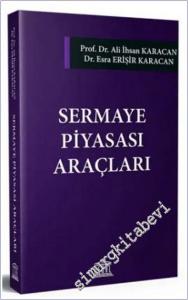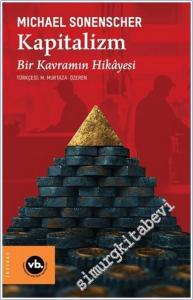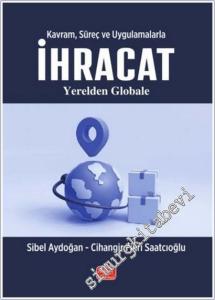#smrgSAHAF SESRTCIC Econometric Model of The Turkish Economy -
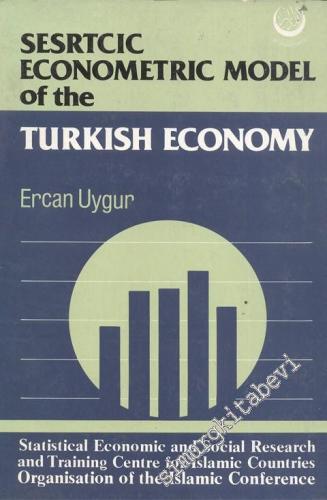
The model of the Turkish economy presented in this volume contains a non-linear and dynamic simultaneous system of 40 equations, where estimates are obtained by both Single Equation and System Estimation methods for the period 1961-1984. Dynamic simulations are carried out in order to check the stability and representative ability of the model, and to obtain forecasts for 1987. Meanwhile, policy simulations are performed for a comparative evaluation of alternative economic policies. Furthermore, data for 96 variables covering the 1960-1985 period, which are used in estimations and simulations, are also provided.
This study is intended to serve as a source of reference for economic planners and policy-makers. It should also be of interest to development economists, macro-economists and applied econometricians for the empirical analyses it contains regarding the propositions of the Keynesian,; Monetarist and Rational Expectationist approaches to the workings of an economy in the case of a developing country.
The model of the Turkish economy presented in this volume contains a non-linear and dynamic simultaneous system of 40 equations, where estimates are obtained by both Single Equation and System Estimation methods for the period 1961-1984. Dynamic simulations are carried out in order to check the stability and representative ability of the model, and to obtain forecasts for 1987. Meanwhile, policy simulations are performed for a comparative evaluation of alternative economic policies. Furthermore, data for 96 variables covering the 1960-1985 period, which are used in estimations and simulations, are also provided.
This study is intended to serve as a source of reference for economic planners and policy-makers. It should also be of interest to development economists, macro-economists and applied econometricians for the empirical analyses it contains regarding the propositions of the Keynesian,; Monetarist and Rational Expectationist approaches to the workings of an economy in the case of a developing country.

